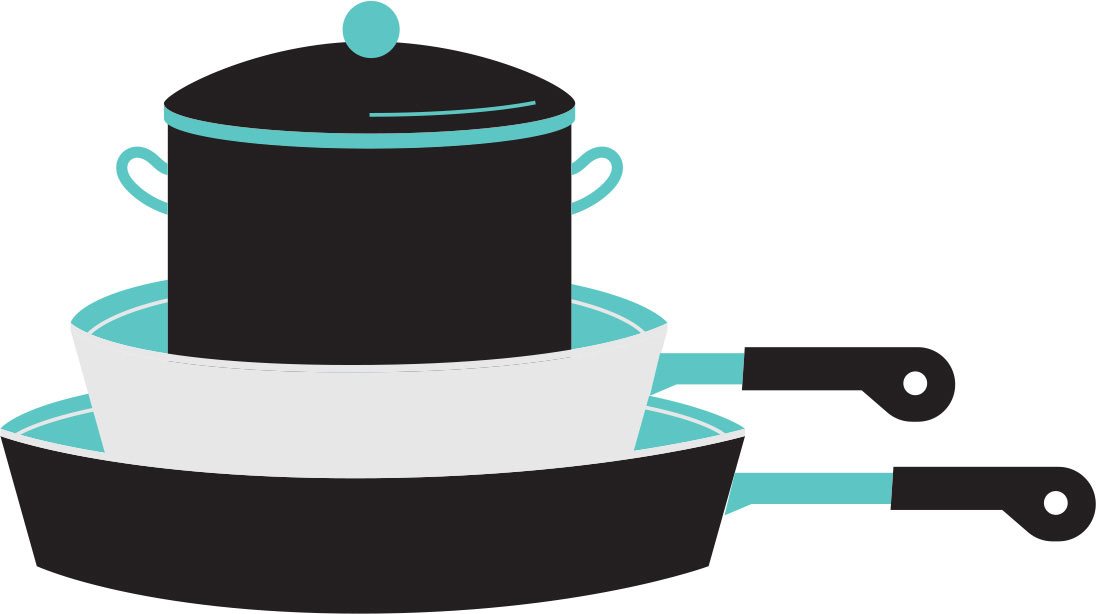SARA L. HUNTER
O rganization was not always so easy for me. My mother will tell you that when I was a teenager, my bedroom was a pigsty! Things such as dirty clothes, records, books, and shoes piled up, and when I finally put my mind to it, it took me hours to clean my room. Ill even go so far to admit that it was nearly impossible to dust because of all the clutter! Going out with friends, talking for hours on the telephone, and dancing to blaring music seemed much more important.
I grew up, moved out, and to my mothers surprise, I learned how to keep a tidy house. With each move, I became a little neater and a little more organized. My first apartment was a little neater than my bedroom at home, my second apartment was neater than the first, and my first house was so well organized that family members began to question my sanity. Once I moved into my second house, I began to question my sanity!
WHY ORGANIZE?
There are many benefits to leading an organized life, but perhaps most important is that it tends to rub off on the people around you, including your significant other and children. (Do I have your attention now?)
Put the phrase you cant teach an old dog new tricks to rest, and encourage your spouse to clean the mail off the counter, put his shoes away, and stop throwing dirty laundry on the floor. Does he think the dirty clothes pick themselves up off the floor and jump into the hamper? I think not.
Fortunately, children are like sponges, and theyre ready to absorb good habits and clean tendencies. Think of it this way: If you start teaching your children to organize their lives now, youll not only simplify your life but also raise organized adults and helpful spouses.
Remember, good deeds come back full circle! This particular deed will come back to you twofold. First, your children will be more independent and wont rely on you to do their laundry and pick up after them. Second, your childrens future spouses will be grateful to you for teaching their husband or wife good habits, and thus, theyll be indebted to you. (At least, thats what Im hoping for!)
ORGANIZING GETS EASIER
Luckily, organizing is one of those things that get easier with time. Its like exercise: Once you start, youll never want to stop, and theres no time like the present to start!
If you put some thought and effort into it, you can organize anything. There is a way to organize every room in your house and every aspect of your life, from party planning to travel. If youve never really thought about getting yourself organized, start off slowly with a few simple tasks. For example, spend a few minutes organizing the magazines in your living room, or getting rid of old makeup and expired medications. Once you get the hang of it, move on to the rest of your house!
No matter what, always take it a little at a time. Plunging in full-tilt and working for hours is the surest road to giving up. Thats why Ive made sure the tips in this book take only ten minutes (or less) to do, so youll never feel overwhelmed. Youll be amazed at what you can do in just ten minutes!
One final thought before we begin: Remember that organization is good for your well-being, so take control of your life and your living room. Everything has a place, and its up to you to find it!
PART ONE
All Around the House
T he kitchen may be the heart of the home, but its often the heart of a familys chaos. So lets start our organizing efforts here. Remember, an organized kitchen is an efficient kitchen. Even if youre not much of a cook, you will work better when you know where to find things.
Clean out your flatware drawer and put utensils in a tray.
Flatware trays come in a variety of styles and sizes, and they are great for organizing your utensils. Empty your drawer of its jumble of tangled implements, and wash both the drawer and the utensils. Then set a tray into the drawer, and place the utensils in their proper place. If your drawer is large enough, you can buy a tray with space for serving utensils as well.
Store cooking utensils in a crock.
Remove cooking implements from the flatware drawer and store them in a nice crock on the stovetop. Regardless of how your kitchen is set up, it doesnt make sense to run back and forth for cooking utensils. Put all of your spatulas, whisks, tongs, ladles, and cooking spoons in a convenient crock on top of or next to the stove.
Store all stainless steel bowls and covers inside one another.
Stainless steel bowls are meant to fit inside one another. Instead of resting them all on a shelf, put them inside one another in order of size.
Place all pans on top of each other.
Using vertical space allows you to fit more into your cabinets. Stack your pans with the biggest one on the bottom. Make sure the handles are facing out so you can easily grab them.
Store all pots inside of one another.
As long as youre organizing your cookware cabinet, stack your pots the same way, too.
Use pullout shelves to house lids.
Mount a pullout shelf to house the lids for your pots and pans. If you do this in the same cabinet as your pots and pans, you wont have to waste time searching for a pan with a matching lid.
Organize cookbooks alphabetically, or by topic.
Its easy to get inundated with best-selling cookbooks, so make sure you organize them on a shelf as you purchase them. Use a systemalphabetical, by author, or by topicthat works for you.
Put all recipes in a small storage box.
People of all cooking capabilities have recipes from blogs, family members, and friends. Organize your hard copy recipes in a box so they wont get misplacedyou can even use dividers to separate your recipes by topic. Or, you can scan your recipes and file them along with any that youve found online in a folder on your computer desktop or in the cloud. If youre big into bookmarking online recipes, create a folder within the bookmarks bar and store all of your favorite links there.


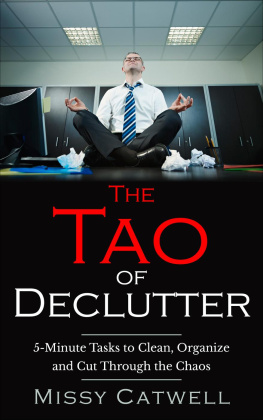
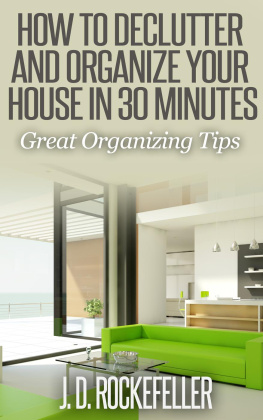

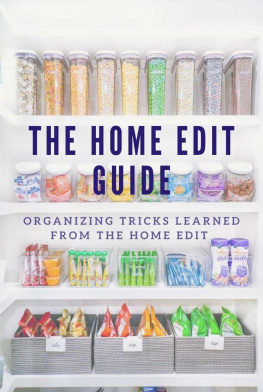
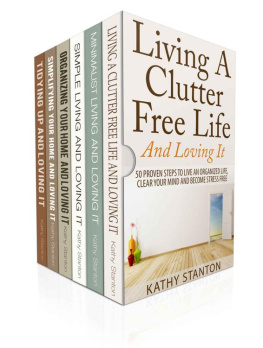
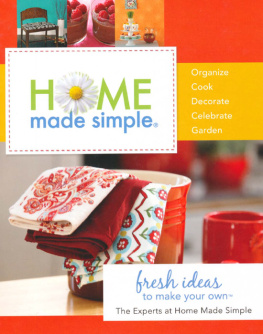

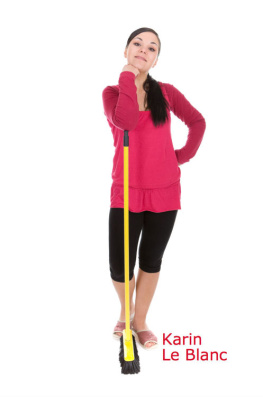
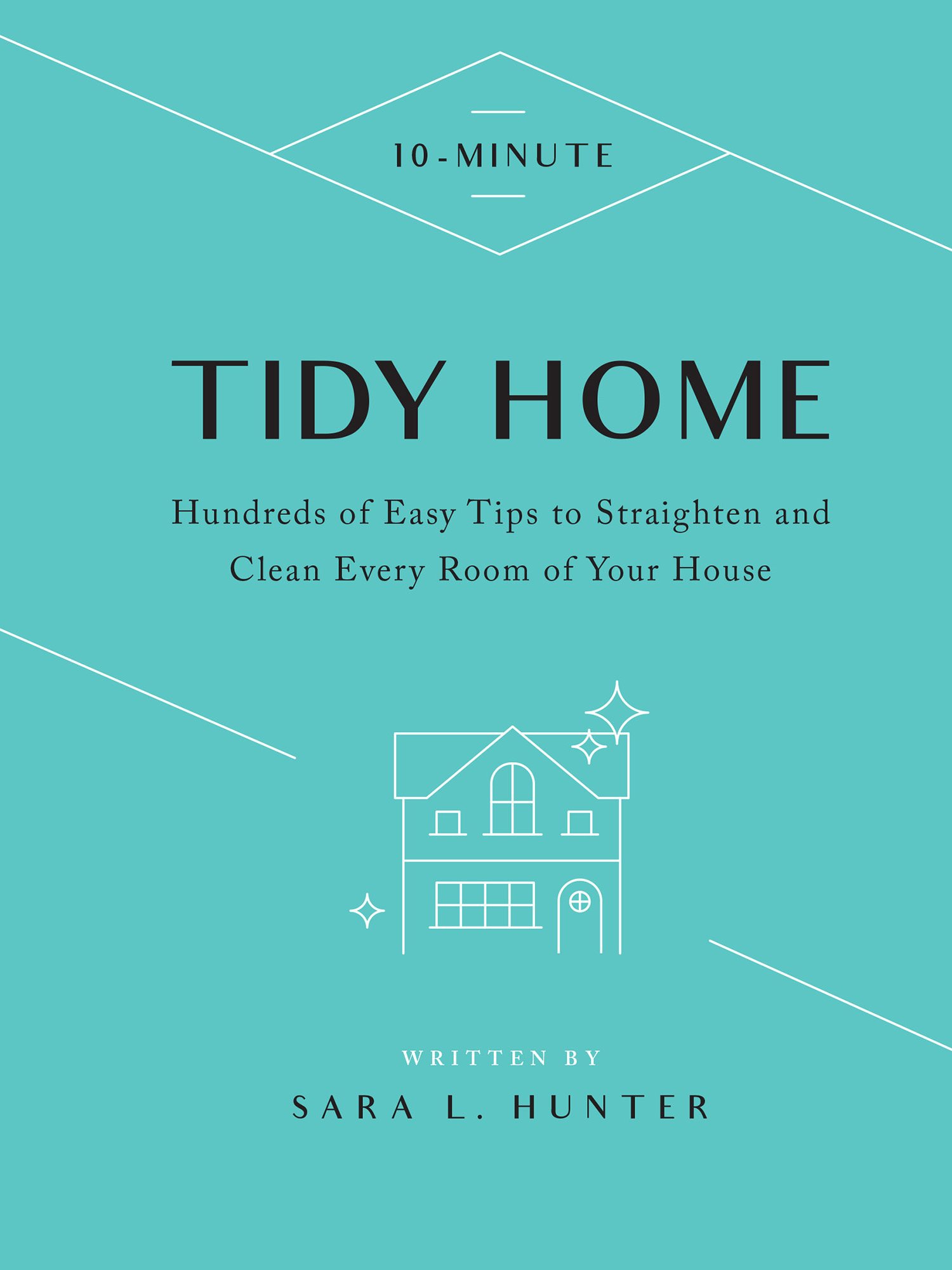
 10-MINUTE
10-MINUTE 



